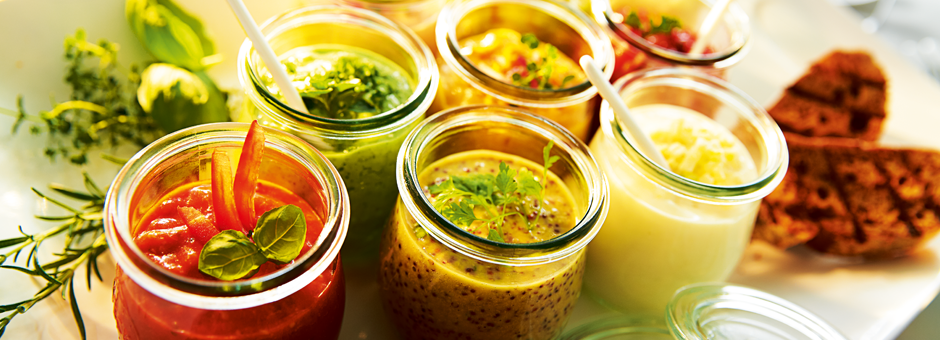“Sauce as an addition to a dish, requiring comprehensive preparation, which cannot be eaten by itself”
Banana sauce and mushroom ketchup? For over 2,000 years, mankind has been using liquid or creamy food additives that enhance the taste and nutritional value and, above all, add moisture to the dry ingredients. No wonder that in the world-admired French cuisine, the most respected person is “Le saucier” or the chef who prepares the sauces!
The history of the sauce
The tradition of preparing sauces is most often associated with ancient China, where already in the 5th century BC. fermented meat seasoning compositions were used which gave rise to soy sauce. So, fermentation accompanies the art of sauces preparation from the very beginning and brought us such classics as ketchup – initially prepared from fermented mushrooms or walnuts! The ancient Greeks even believed that individual nutrients have a nature that must be adjusted to improve the digestibility of a meal. The meat was considered cold, and the contrasting, warming sauces were to facilitate digestion. It was only in the 14th and 15th centuries that the nature of the sauces softened and instead of correcting the taste of the dishes, they began to harmoniously complement it.
The greatest breakthrough in the history of sauces was the invention and spread of butter. In the 17th century, the famous French chef Francois de la Varenne invented the roux to thicken sauces, and this completely revolutionized gastronomy.
Mother sauce
The theory of culinary art advocated by the French mentions five mother sauces that form the base of modern cooking and became the starting point or dozens more of other sauces. The legendary five without which gastronomy cannot exist are:
Bechamel, Velouté, Espagnole, Hollandaise, Tomato sauce,
Types of sauce
Naturally, the above classification does not exhaust the variety and abundance of sauces, because the world does not end with French classics either. Virtually every ethnic group and country has its own traditional sauces which are the result of the local diet, available raw materials and intermingling global influences.
Most often, sauces are classified into subgroups based on their main ingredients and method of preparation. In this classification, we distinguish primarily:
Brown sauces, Butter sauces, Emulsion sauces, Fermented sauces, Fish sauces based on fermented fish, Green, raw sauces made from mixing herbs, Tomato sauces, Spicy sauces, Meat sauces, Sweet sauces.
In addition, sauces also distinguish sauces based on yoghurt, most often called dips, and served cold as an appetizer for vegetables, meat, or cold cuts. Let us not forget about classic salad dressings based on oil and vinegar, i.e. vinaigrette and the famous Indian sauces based on sour fruit, i.e. chutney. But about those two categories you will be able to learn some more in the next post.
So, let us go through some of the most classic and well-known sauces, to brighten the best of dishes, and update the flavor of those kitchen creations.
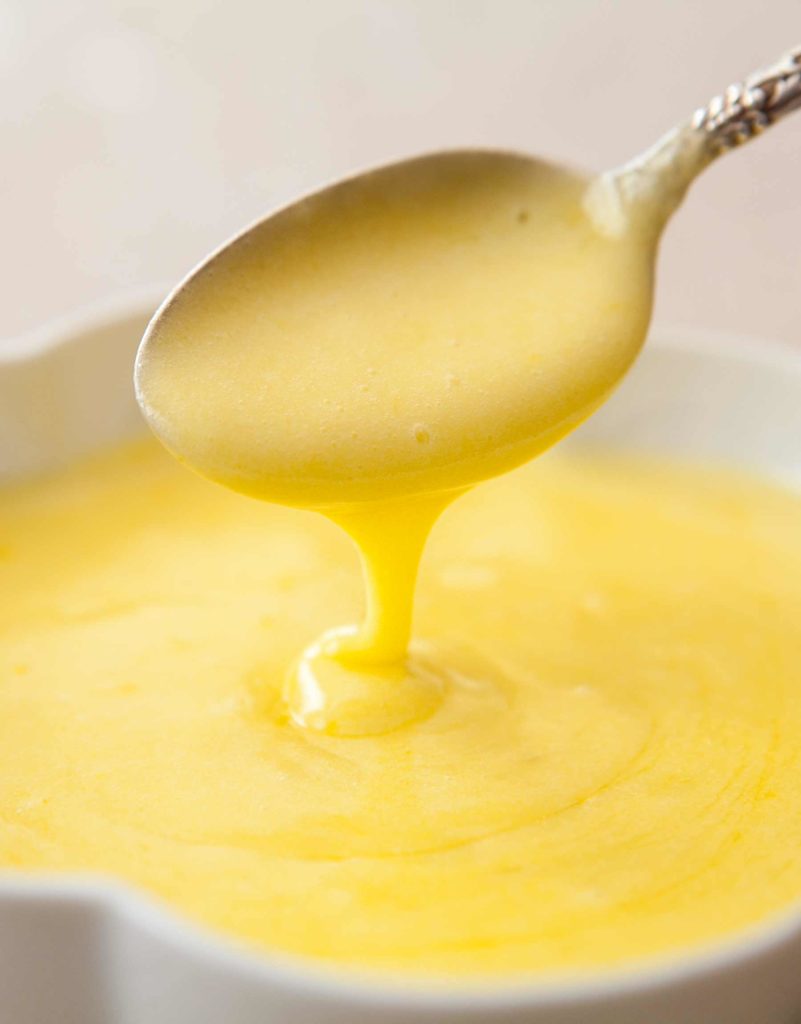
Hollandaise – This butter and egg mixture is one of the five mother sauces of French cuisine, and one of the most famous sauces in western cuisine. It contains a combination of egg yolks and clarified butter with salt, pepper, and an acidic hint added by either a splash of lemon juice or a combination of water and wine vinegar.
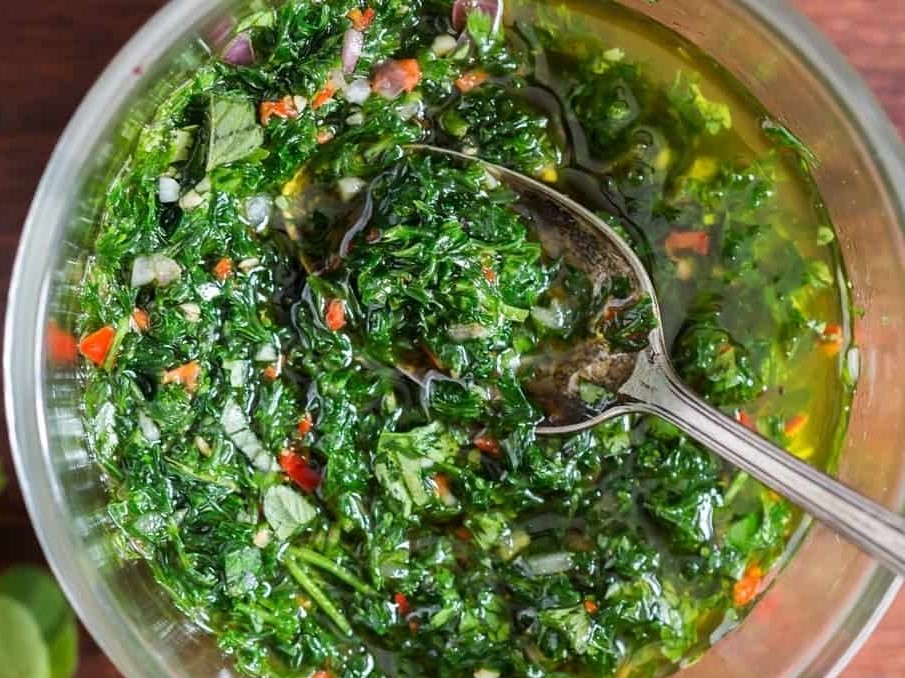
Chimichurri – delicious and tasty sauce from Argentina. This is a fragrant mixture of parsley, garlic, oregano, olive oil, vinegar, and hot red pepper flakes, although additional ingredients such as coriander or chopped tomatoes are sometimes also included in the combination. This bright green sauce, used sometimes as a marinade, is typically served alongside grilled beef steaks.
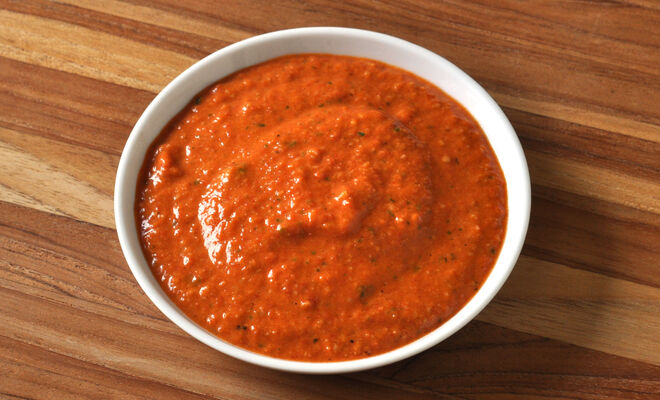
Romesco – tasty Spanish sauce made of red peppers, tomatoes, onions, and a variety of roasted or raw nuts such as pine nuts, hazelnuts, and almonds. The sauce is extremely versatile, so it can be served with fish, seafood, salads, vegetables.
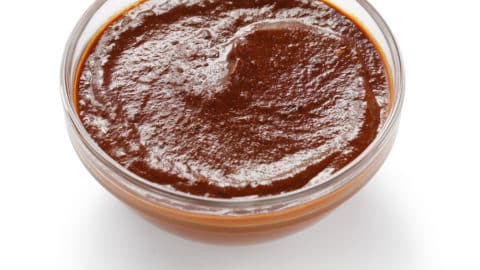
Mole – Group of Mexican sauces and at the same time the national dish of the country. The base usually contains Mexican chile peppers. Other ingredients may vary, so moles can contain numerus ingredients including vegetables, fruits, spices, herbs, nuts, seeds, masa cornmeal, bread, and even chocolate, which adds earthy notes to the spicier ingredients. In Oaxaca, also known as “land of the seven moles”, one can find moles verde (with cilantro), moles rojos (tomatoes, sesame seeds), moles negros (chiles, chocolate, nuts, dried fruits), manchamantel (tomatoes, pineapple, ancho chiles, cinnamon, bananas), orange-red moles (plantains), mole almendrado (almonds), and cacahuate (peanuts).
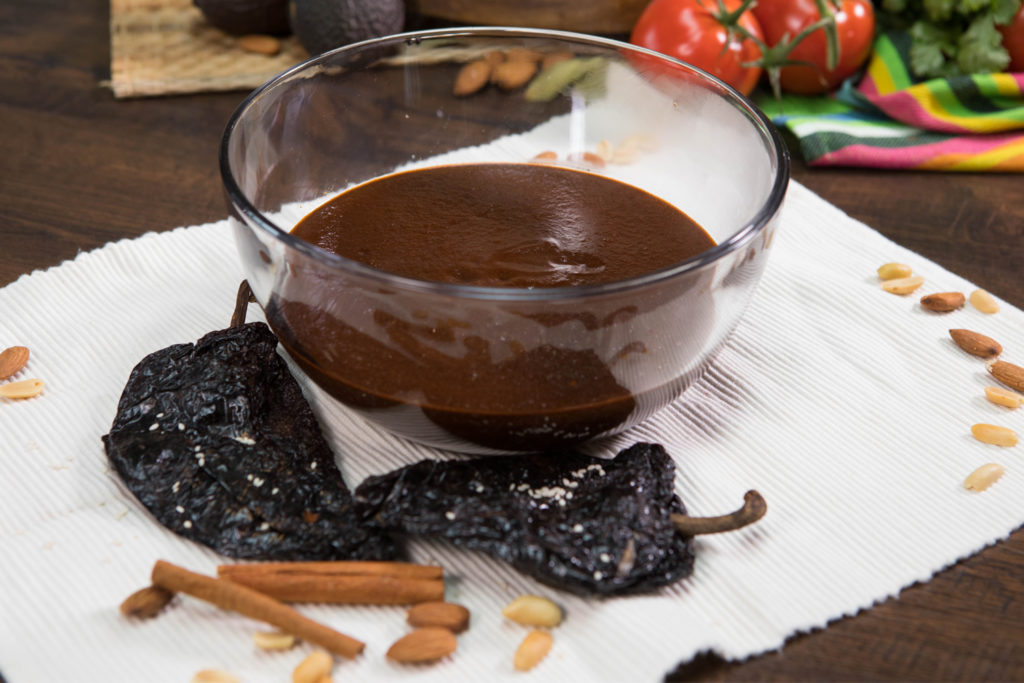
Mole Poblano – the most famous of all the Mole sauces family. It contains approximately twenty-five ingredients, which allows the sauce to be prepared in nearly infinite numbers of ways. Of the many different ingredients found in the dish, the main ones are chili peppers, chocolate, plantains, almonds, pumpkin seeds, cinnamon sticks, anise, and cloves. Characterized by its dark brown or orange color sauce has a slightly sweet, tart, and spicy flavor. With such variable ingredients, there are quite a few varieties of this sauce, which is the best condiment for succulent beef steaks.
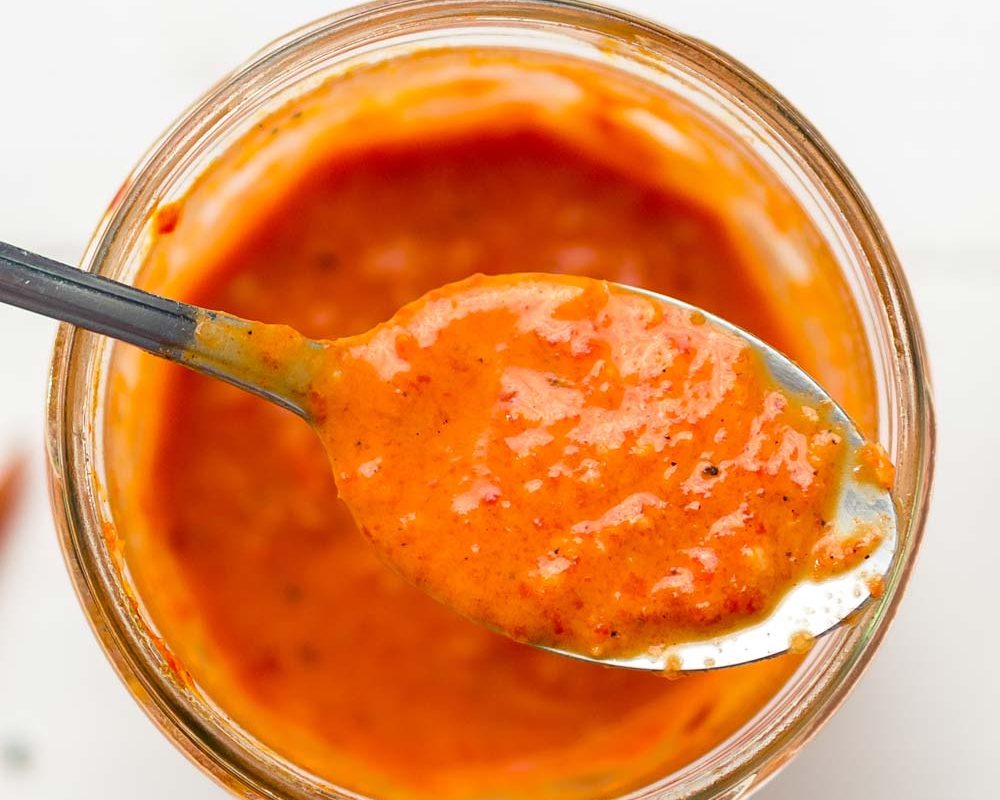
Piri piri – popular sauce from Portuguese cuisine, used widely in Mozambique and Brazil. It is made from Bird’s Eye Chilies. The spice is adaptable because of the mild taste of peppers and other acidic elements like lime and vinegar to cut the heat.
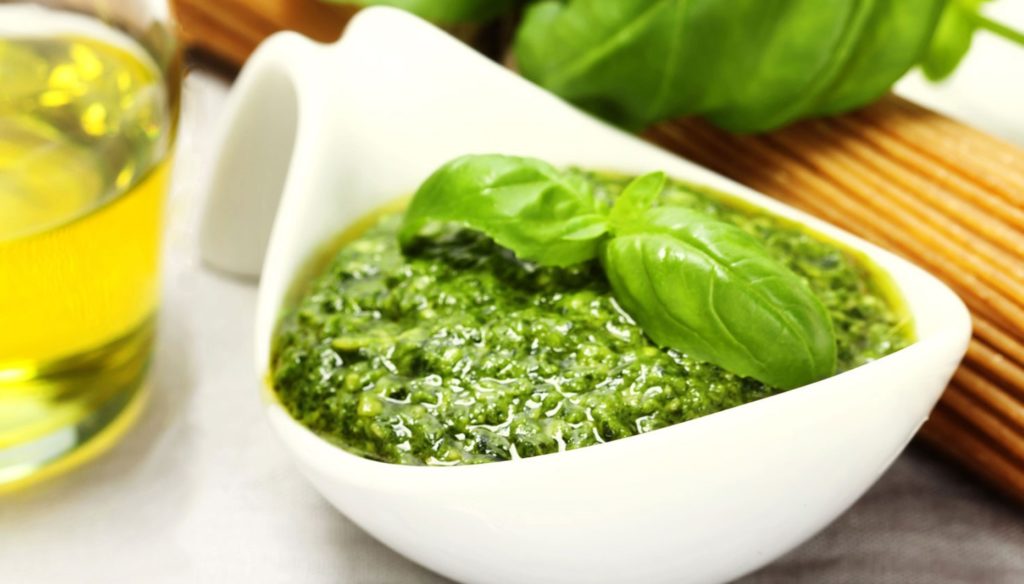
Pesto Genovese – Sauce that originated in the Italian city of Genoa. Its name stems from the word “pestare”, meaning to pound or crush, referring to the original method of making the sauce with a mortar and pestle. Traditionally made of basil, garlic, pine nuts, olive oil, and cheeses such as Parmigiano Reggiano or Pecorino. Pesto is usually used with pasta.
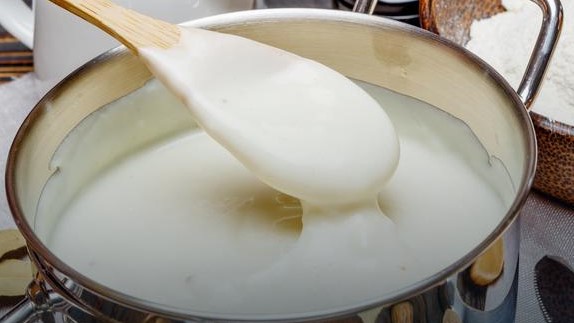
Bechamel – One of the five mother sauces of traditional French cuisine and a key ingredient in numerous recipes. Also known as white sauce, because the list of ingredients is nothing more than flour and butter mixture (Roux), mixed with milk, to make it thicker.
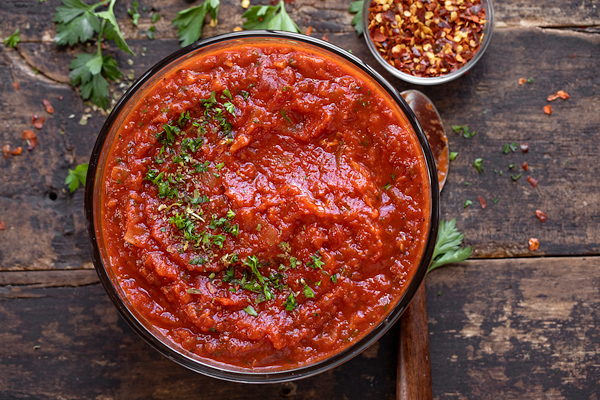
Marinara – Marinara is a red sauce consisting of olive oil, garlic, tomatoes, and herbs. Due to its simplicity, marinara acts as a versatile base for many Italian dishes. Today, it is commonly served hot with pasta such as ziti, linguini, or spaghetti.
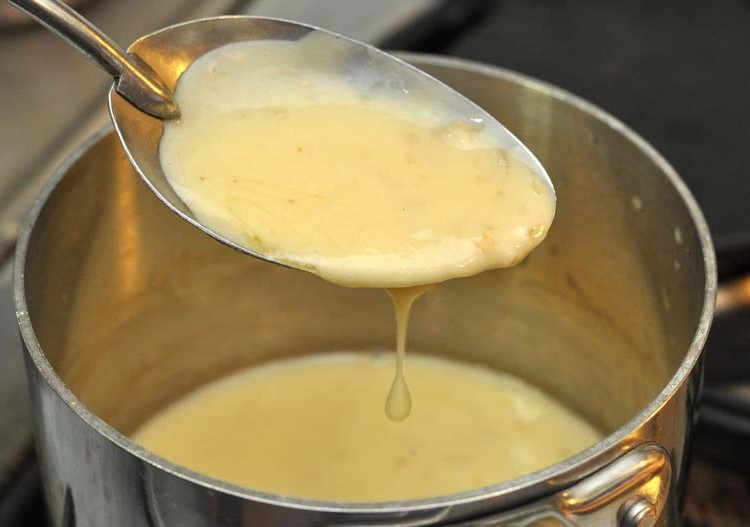
Beurre blanc – This thick, rich, creamy sauce is made from butter, white wine, shallots, and white wine vinegar. It has a slightly sweet, tangy flavor that goes especially well with poached fish, shellfish, and asparagus. This sauce was popularized in the 60s & 70s by French chefs looking for a new ways to improve their dishes with something lighter than traditional heavy sauces.
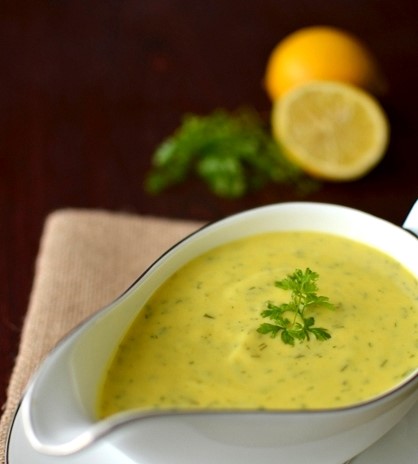
Avgolemono – Thisa lemony sauce that is thickened, with eggs. The secret to the sauce is amazingly simple. The sauce is made with the liquid from whatever dish you are cooking, not on its own. So, when the recipe says to ladle broth, hats the flavor base for the finish sauce.
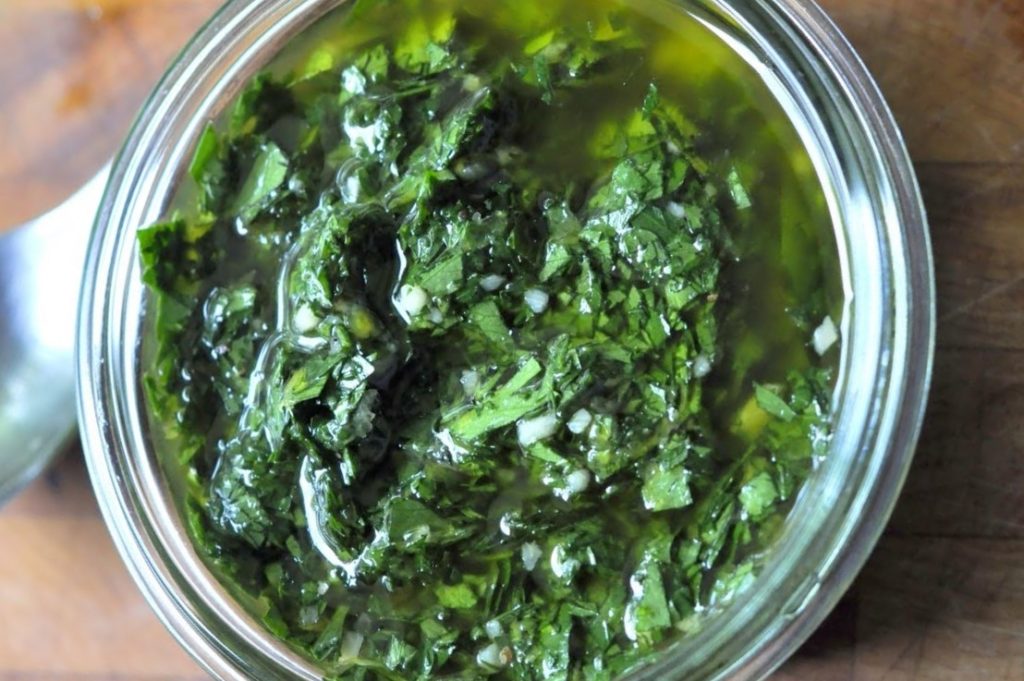
Gremolata – Gremolata or gremolada is a green sauce made of chopped parsley, lemon zest, and garlic. It is the standard accompaniment to the Milanese braised veal shank dish (ossobuco alla Milanese). Gremolata is also used as a garnish.
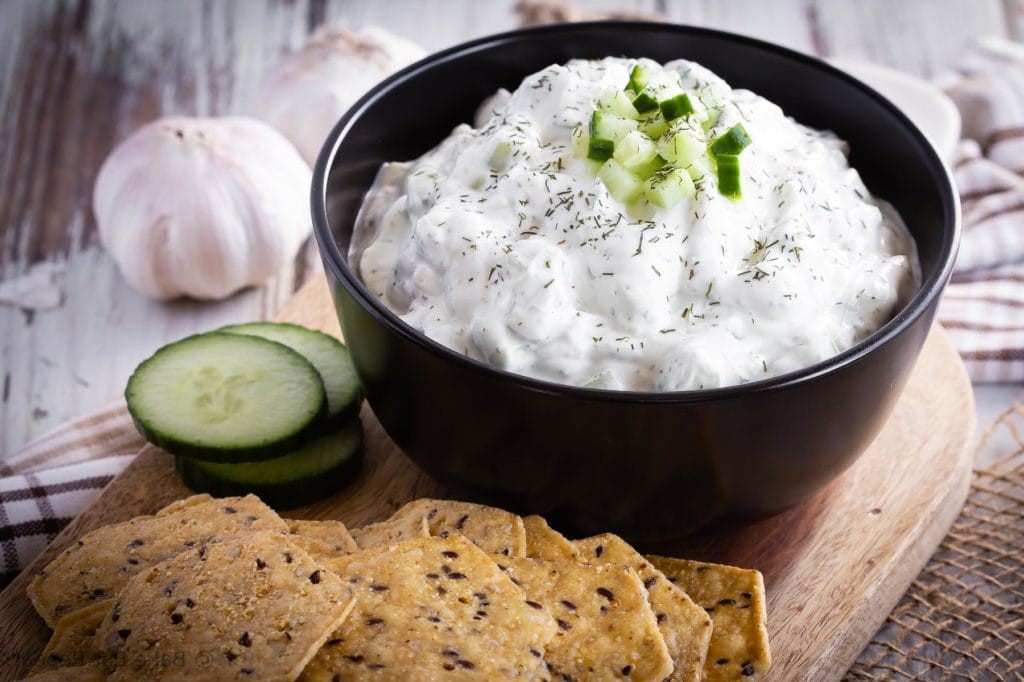
Tzatziki – Tzatziki is a Greek mixture made from yogurt, cucumbers, garlic, and numerous herbs and spices such as dill, mint, or parsley. It is usually served as a sauce accompanying many meat dishes, as a simple dip, or an appetizer.
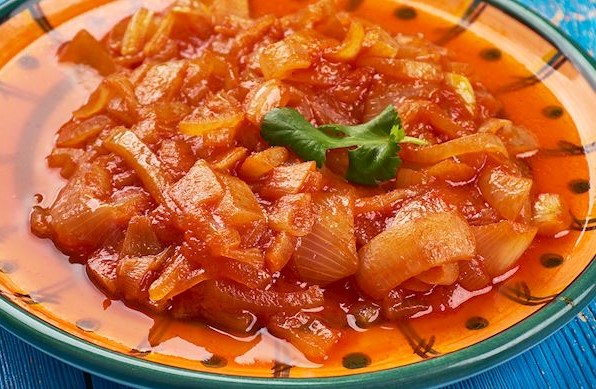
Cebolada – traditional Portuguese sauce or paste that is made with onions as the key ingredient. Although there are many recipes, cebolada usually also includes tomatoes, olive oil, garlic, and additional ingredients such as parsley and red bell peppers. The ingredients are sautéed in olive oil until the sauce thickens. Once prepared, it is chilled, then used with a variety of meat dishes such as steaks and pork chops, as well as fish.

Mornay – this sauce is made by combining classic bechamel sauce with grated and melted Gruyére and Parmesan cheeses. However, the original Mornay sauce was invented before béchamel was, so the original cheese sauce was certainly a bit different than today’s version. Mornay sauce is commonly used as a topping for steamed vegetables or drizzled over seafood and poultry dishes.
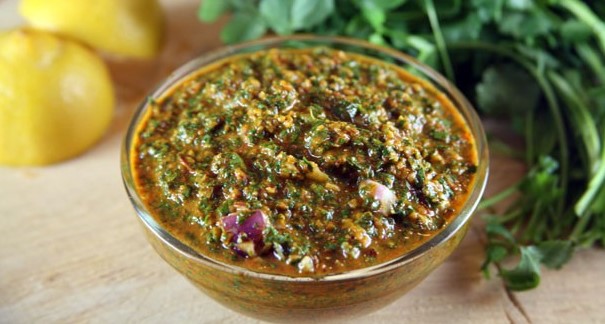
Chermoula – sauce from North Africa. Some of the ingredients are garlic, coriander, parsley, saffron, and cilantro. Traditionally, it is served with grilled seafood. You can have this sauce with roasted vegetables and grilled meats too.
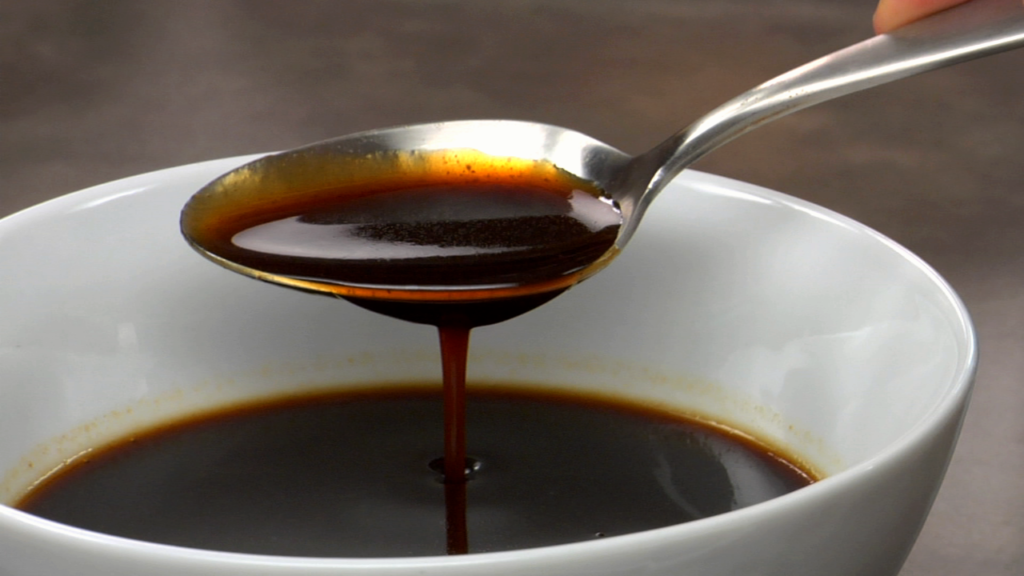
Demi – glace – This thick brown sauce is frequently used in French cuisine both as an individual sauce and as a base for other sauces. It is a combination of brown stock and espagnole sauce simmered for a long time until its volume has reduced by half – thus the name demi-glace (French for “half glaze”).Today, this tasty sauce is mainly used as an accompaniment for meat as well a flavor base for various soups and stews.
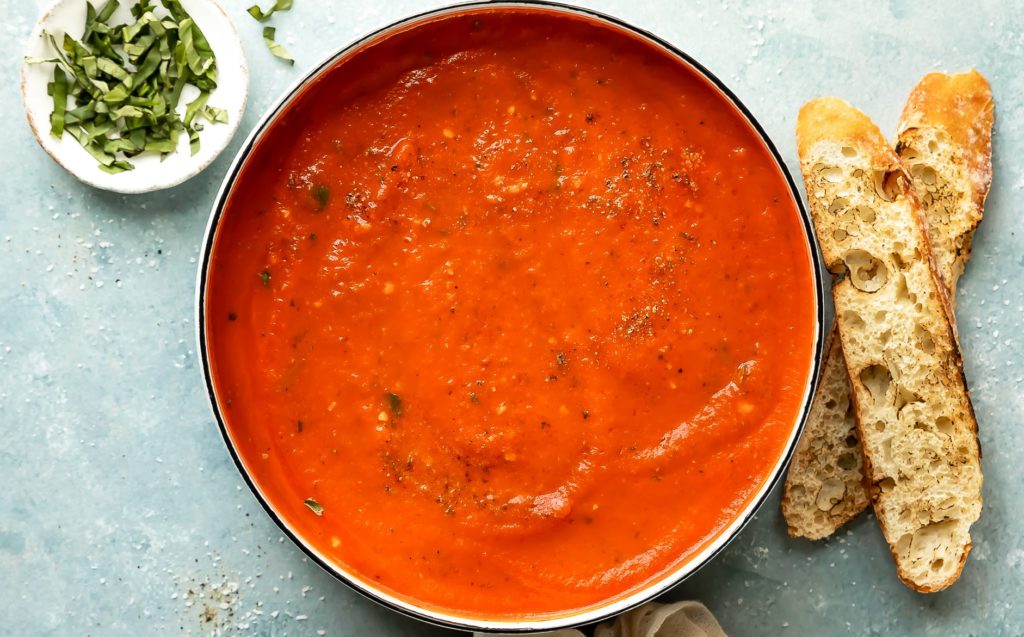
Vodka sauce – There are so many different versions of vodka sauce recipes, but the base is always the same: tomatoes, vodka, and heavy cream. Some include butter, parmesan cheese, and fresh herbs. It will not be overpowered by the harshness of the vodka. It evaporates completely only to enhance the flavors. It adds a touch of heat to help balance out the sweetness of the tomatoes and the cream.
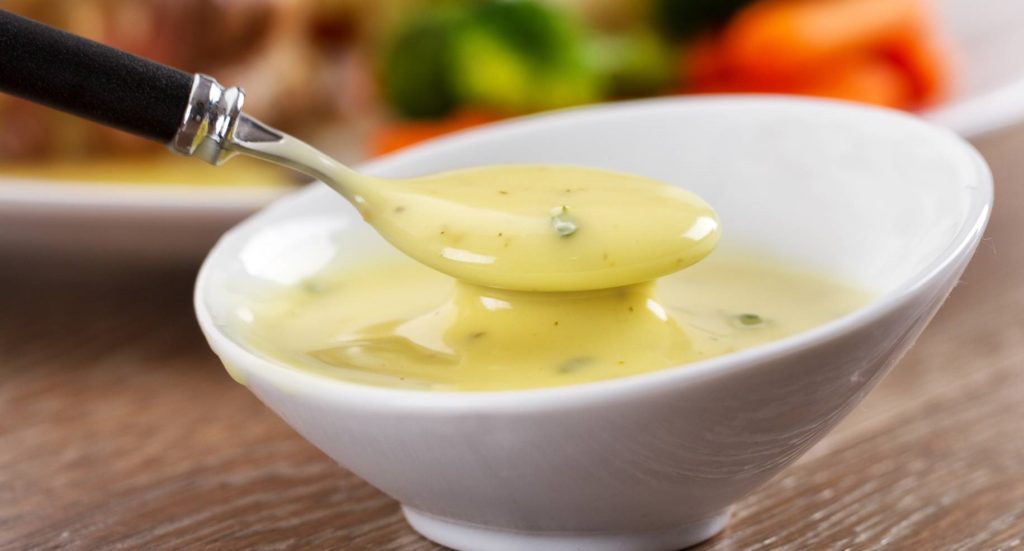
Bearnaise – This classic French sauce is traditionally used as a garnish for grilled meat or fish dishes. Light yellow in color, smooth and creamy in texture, it consists of egg yolks, shallots, reduced vinegar, and butter, and is often flavored with tarragon and chervil (French parsley).
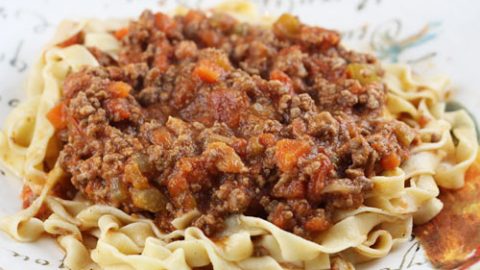
Ragu alla Bolognese – The base of this classic is made with beef, pork, or a combination of both, as well as ripe, fresh tomatoes or tomato purée, very dry white wine, nutmeg, salt, and pepper. Traditionally, ragù alla Bolognese is served with tagliatelle pasta, and it is an essential part of lasagna alla Bolognese.
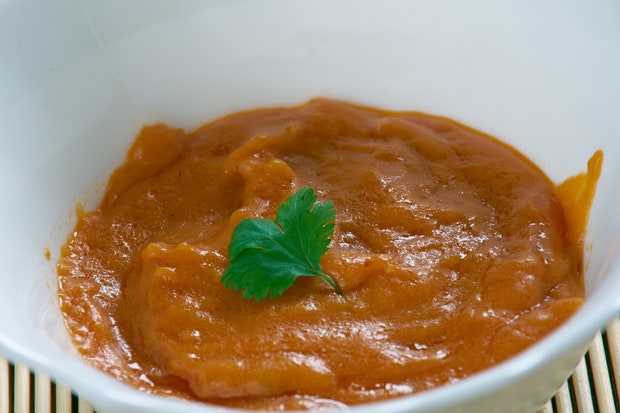
Rouille – This thick, reddish-brown French sauce, is usually used as an accompaniment for fish and fish soup dishes, most particularly in the traditional Provençal fish stew known as bouillabaisse. It consists of garlic, saffron, chili peppers, olive oil, breadcrumbs, and sometimes egg yolks, because some recipes use mayonnaise as a base.
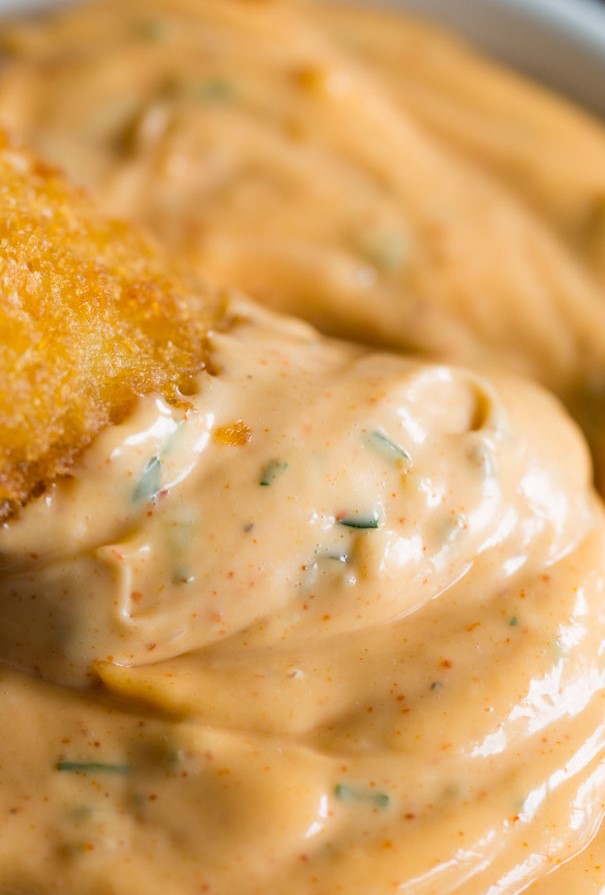
Remoulade – This simplest version of this French sauce is nothing more than a base of mayonnaise mixed with herbs, capers, pickles, and a few optional drops of anchovy oil. In France, rémoulade stars most famously as the dressing for céleri rémoulade, a simple salad made with julienned celery root. While it was originally served as a sauce with meat dishes, today it is found far more often alongside fish.
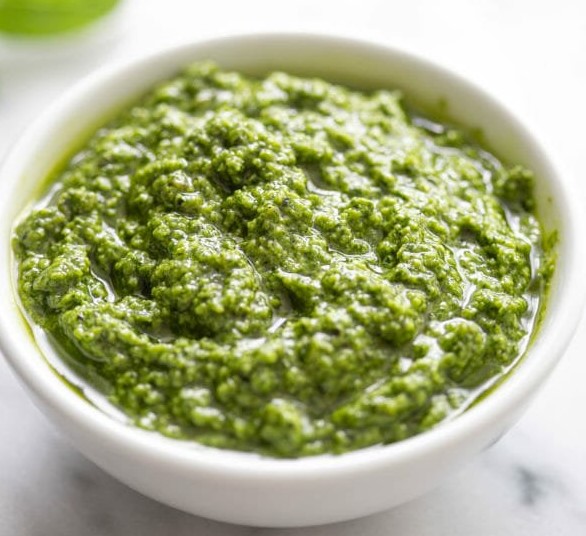
Pistou – cousin of Italian pesto, this classic Provençal cold sauce traditionally consists of olive oil, fresh basil, and crushed garlic. The name “Pistou” comes from the Provençal word for “crushed”, since the sauce is ideally prepared by crushing the combined ingredients in a mortar and pestle until the sauce reaches a smooth texture.
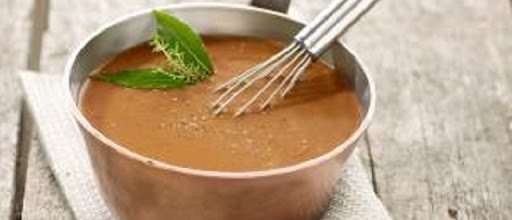
Espagnole – Another one of the five mother sauces, known as espagnole sauce, is a brown sauce that is typically made from brown (beef or veal) stock, butter, and flour. Additionally, bacon, ham, tomatoes, onions, bay leaves, red wine, garlic, and celery may be added to the sauce, according to personal preferences. Traditionally, it is served with red meat.
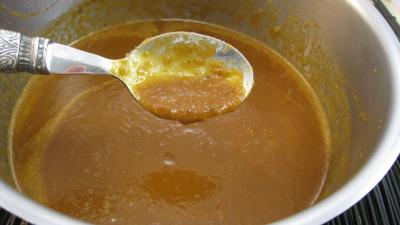
Lyonnaise sauce – Lyonnaise sauce is a combination of French sauce of demi-glace, white wine, vinegar and onions served with small cuts of meat principally chicken. It has done a great job with leftovers.
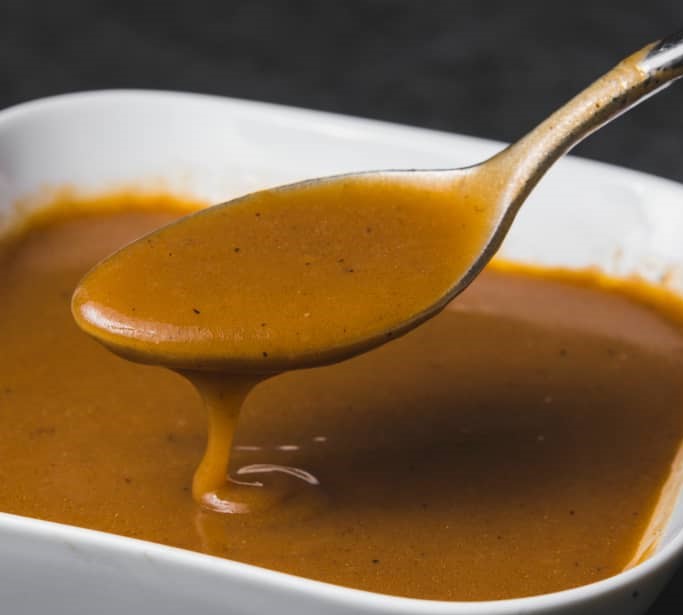
Madeira sauce – Madeira sauce is a savory French sauce described as a demi-glace sauce with the addition of Madeira wine. Made by sautéing shallots and mushrooms on butter, with peppercorns, thyme, bay leaves, and Madeira wine until the concoction is reduced, then finally mixing it with Demi-Glace. This sauce is an ideal choice for red meat, chicken, steaks, and roasts.
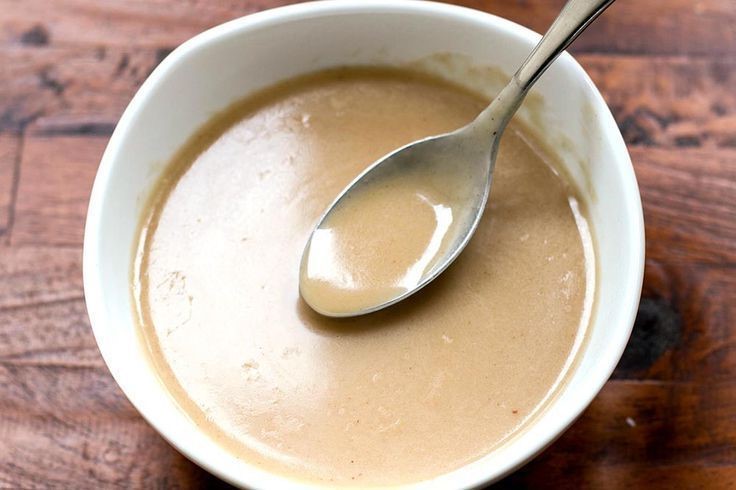
Velouté – another example of the “Mother sauces”. This light sauce is typically made from the unroasted bones of chicken, veal, or fish, and thickened with roux. Velouté can be used to make different sauce. Versatile sauce is still used in kitchens worldwide as a key ingredient in numerous vegetable, fish, veal, and chicken dishes.
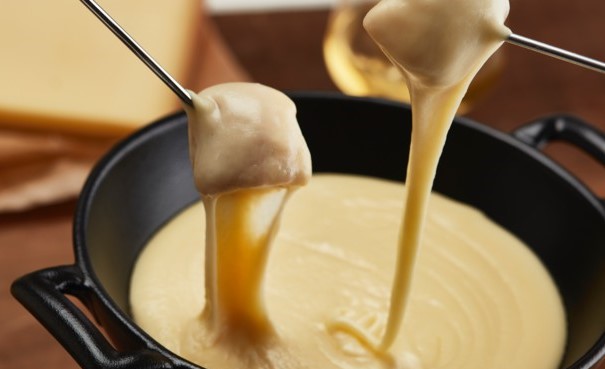
Fondue Savoyarde – Fondue is Switzerland’s national dish, a melting pot of different flavors and aromas. Fondue’s key ingredient is cheese that is melted over a fire, with a lot of regional varieties and flavorful additions such as cherry brandy, white wine, or a sprinkle of nutmeg.
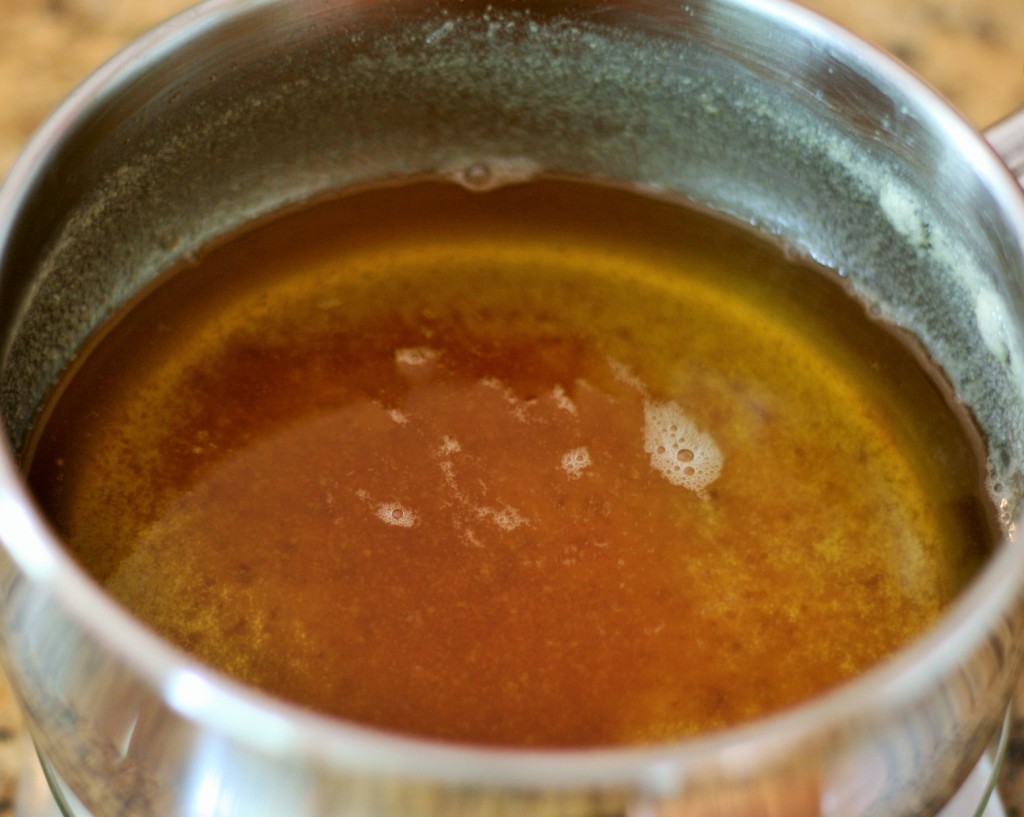
Beurre noisette – Rich brown sauce with a slightly nutty flavor, often used for making desserts and pastries. It is usually a refreshing addition to various main courses, especially those with seafood. The sauce is also known as brown butter.
